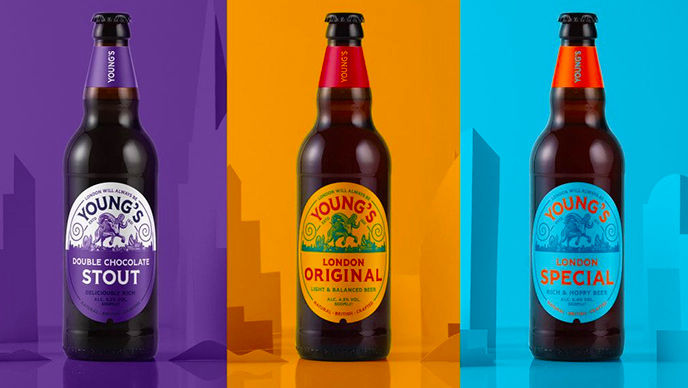KEY POINTS
LOVIBOND: Beer and wort color traditionally have been measured visually, and early on the Lovibond (degL) scale was adopted as a standard. This consists of a well-defined set of color samples that are used for comparison. A visual match with a beer or wort sample defines the degL of the sample.
SRM: In modern brewing, photometric methods have replaced visual comparison, and the American Society of Brewing Chemists has developed the Standard Reference Method (SRM). Results are expressed as degrees SRM, and for most purposes these units can be regarded as the same as degL.
EBC: The EBC method is quantitative and involves measuring the beer sample color in a cuvette that is placed in a spectrophotometer at a wavelength of 430 nm. This particular wavelength was selected so that the final measured color was in agreement with Lovibond references. The EBC color system is used primarily in Europe, whereas North and South America use the Standard Reference Method (SRM) to measure beer color. The two systems are closely related and can be converted in the following equations: SRM=EBC×0.508 | EBC=SRM×1.97.
Additionally, SRM & EBC systems require that the beer sample be free of turbidity for an accurate color determination. The sample must be filtered if the turbidity is measured at greater than 1 EBC turbidity unit.

